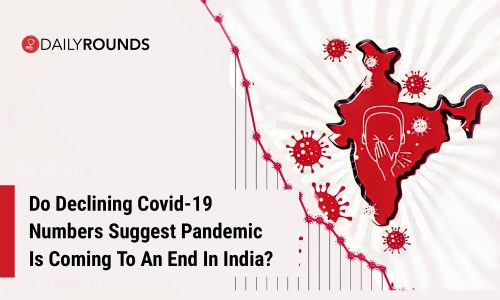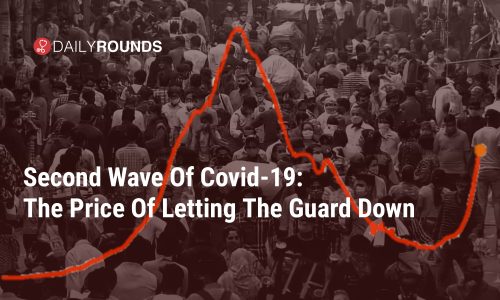
Back in December 2020, news media across the globe reported a new variant of the SARS-CoV-2 that causes COVID-19, and since then, numerous other variants have been identified and are under investigation. Meanwhile, the new variants are raising multiple questions: Are people more at risk for getting sick? Are the variants driving the ongoing surge in Covid-19 cases? Can the variants evade vaccines?

At a time when many other countries are battling second and third waves and alarming new variants of coronavirus, the drop in infections raises a tantalising prospect- Are we finally seeing a light at the end of India’s COVID-19 tunnel? It is but natural for the common man who’s been living in fear of the virus for over a year to wonder about the end of the pandemic. But what does this “end” even mean? Let’s look into it in detail.

As the fight against the spread of the coronavirus enters a critical phase, a large number of doctors, nurses, members of ward staff, and other healthcare workers across the country continues to be on the receiving end of the deadly pandemic. The claws of the pandemic seem to be following the healthcare workers irrespective of their roles.

